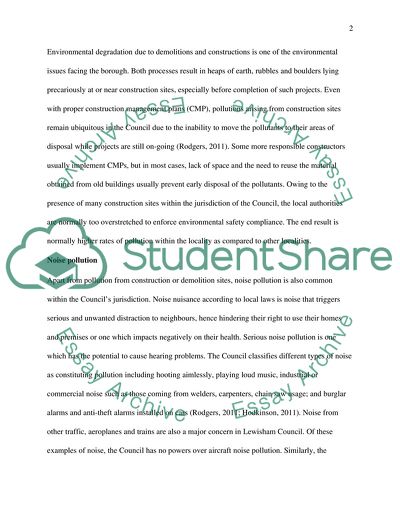Cite this document
(Environmental Issues Facing Lewisham Council Assignment, n.d.)
Environmental Issues Facing Lewisham Council Assignment. https://studentshare.org/environmental-studies/1872590-environmental-issues-in-lewisham-council-london-uk
Environmental Issues Facing Lewisham Council Assignment. https://studentshare.org/environmental-studies/1872590-environmental-issues-in-lewisham-council-london-uk
(Environmental Issues Facing Lewisham Council Assignment)
Environmental Issues Facing Lewisham Council Assignment. https://studentshare.org/environmental-studies/1872590-environmental-issues-in-lewisham-council-london-uk.
Environmental Issues Facing Lewisham Council Assignment. https://studentshare.org/environmental-studies/1872590-environmental-issues-in-lewisham-council-london-uk.
“Environmental Issues Facing Lewisham Council Assignment”. https://studentshare.org/environmental-studies/1872590-environmental-issues-in-lewisham-council-london-uk.


